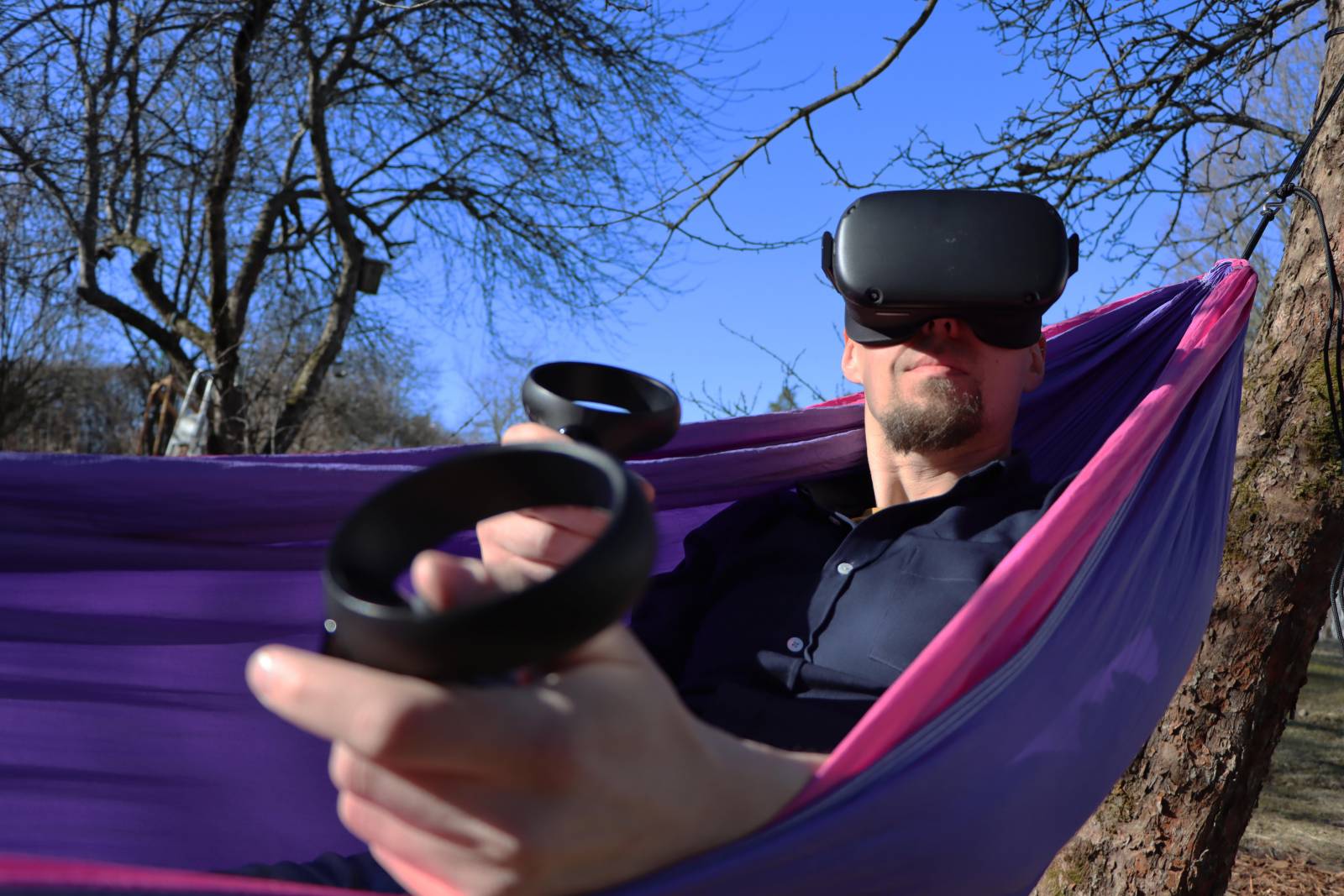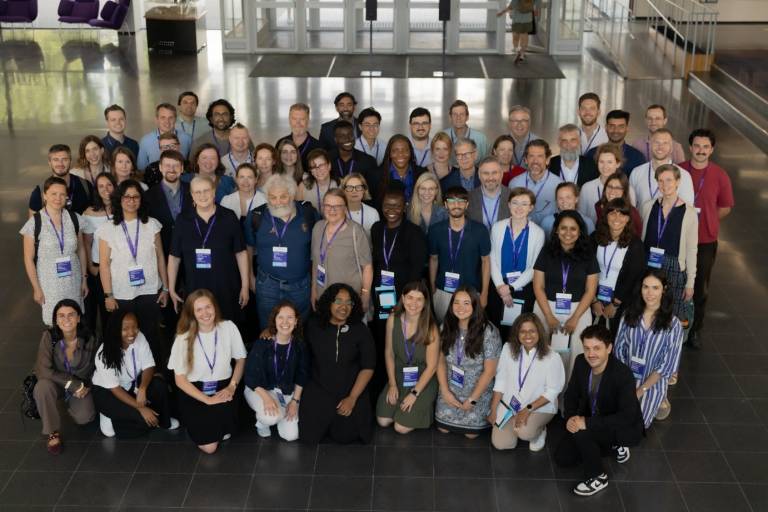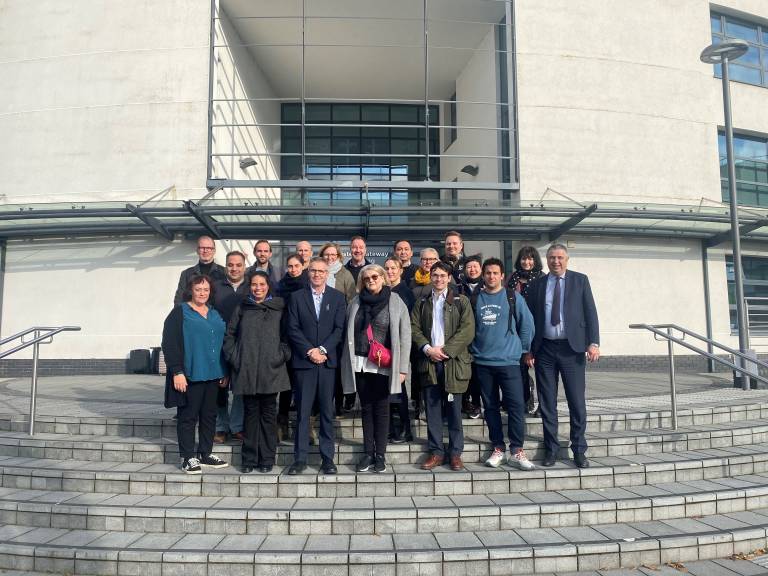This keynote has been originally published in: https://www.enter-network.eu/3d-flip-book/focus-europe-vrinsight-greenpaper/
Virtual reality (VR) has the potential to transform how we learn and collaborate. However, embedding the use of VR into organisational practices requires much effort. Here is a short summary of five key insights that higher education institutions (HEIs) could consider when adopting the use of VR in education.
1. Standalone head-mounted display (HMD)
Standalone HMDs (i.e. all-in-one VR system that does not require a PC) is the game changer. These headsets offer superior usability and prices (about the same as a mid-range mobile phone), and they outperform older generation HMDs in many ways (for example, Oculus Quest supports many advanced features, such as hand tracking). In educational use, multiple standalone HMDs can be managed via hardware racks that enable centralised charging, sanitation, and software installation and updates. Doing without PCs and cables also saves physical space that is needed for the safe and comfortable use of VR.
2. Quality over quantity
Our brains treat VR as real, even though we know that it is not. For some people, VR may feel too overwhelming or uncomfortable. Poor user experience drives people away from VR. VR adoption depends on the quality of VR and the possibility of individuals trying out VR at their own speed. Fortunately, VR technology is much better than it used to be. VR developers are just starting to master building user experiences that do not only feel real in terms of sensory stimuli but which are psychologically engaging.
3. Social virtual reality (SVR)
The most important content in VR is other people. Avatar-based interaction in SVR enables rich remote communication in a shared 3D space. SVR software that includes tools for presentations and brainstorming, such as file sharing, whiteboards, and laser pointers, substitute a physical classroom with a virtual one, but without any geographical boundaries.
In SVR, natural 3D space and spatial sound enables multiple small group brainstorming sessions simultaneously. Avatars are our digital representations; with the gaze, gestures, and posture they foster effective turn-taking and dialogue.
4. Recognizing the complexity
If you can simulate everything, what should you simulate? What information should be presented to a user? What are the specific interactions? Who are the individuals communicating with each other? Recognizing the complexity behind these questions is critical in successful VR adoption. For example, in a virtual building, an architect works with a different layer of information than a construction engineer or a marketing person. Every user group also requires a different set of tools and interactions. Similarly, both information and interactions should be customized depending upon who is communicating with whom. However, more details within the simulation lead to increased costs and decreased scalability.
5. Educating the educators
In general, HEIs currently do not possess much knowledge of VR. Therefore, educating the educators about VR and its potential is critical. Most European countries have an active base of VR enthusiasts, developers and research groups who are willing to work with educational VR. Unfortunately, collaboration between these initiatives tends to be low. Building cross-disciplinary projects focusing on both technological and human factors is essential in building VR related know-how in HEIs. Fields that study sociotechnical systems, such as information systems science, hold a particularly interesting position in bridging this gap.
In summary, our insights suggest that successful VR adoption in HEIs emphasise standalone HMDs, high-quality VR, and focus on social interaction. There is also a need to map out the complexities of VR development in the cross-disciplinary context.
-Osku Torro
This article is also available in Osku Torro’s own blog: https://medium.com/@OskuTorro/five-key-insights-for-successful-vr-adoption-in-heis-3547781477ee






Kommentit